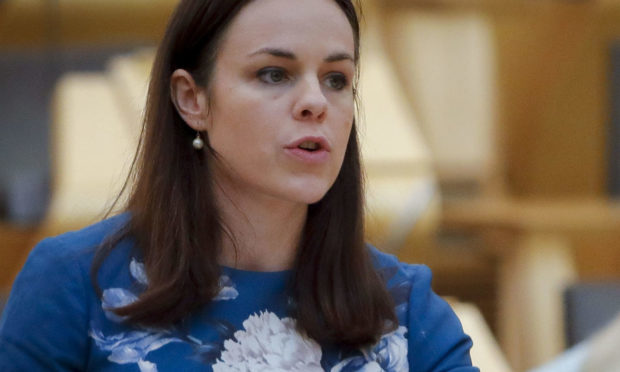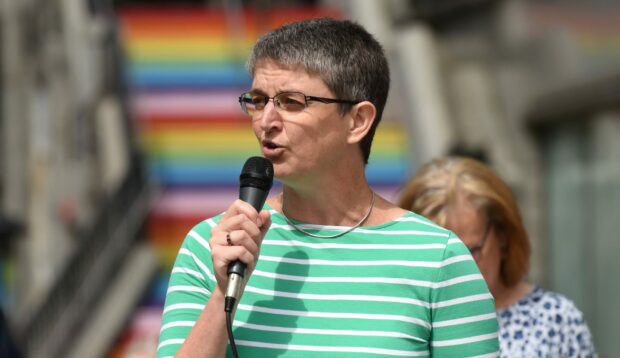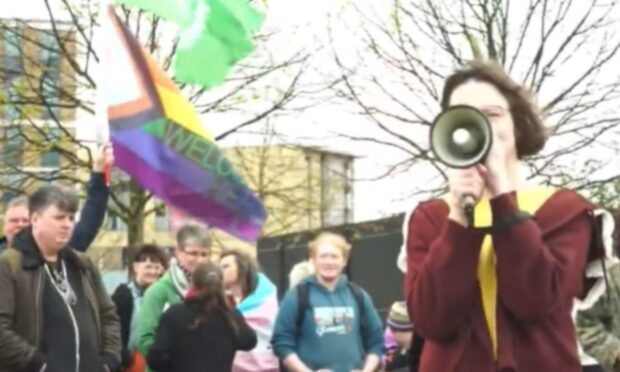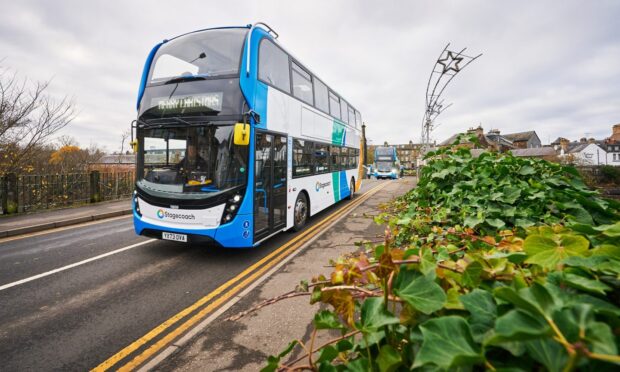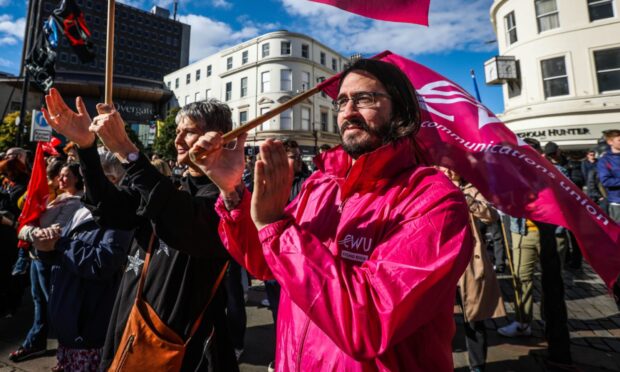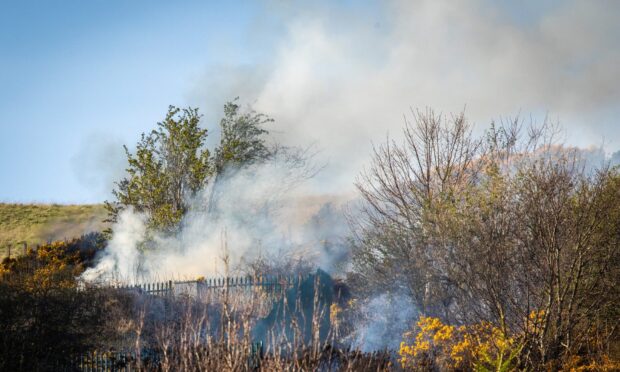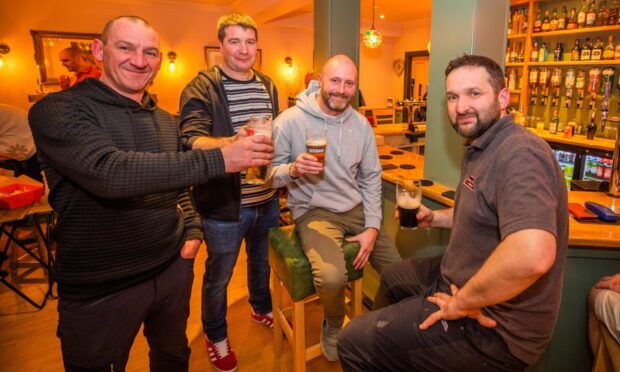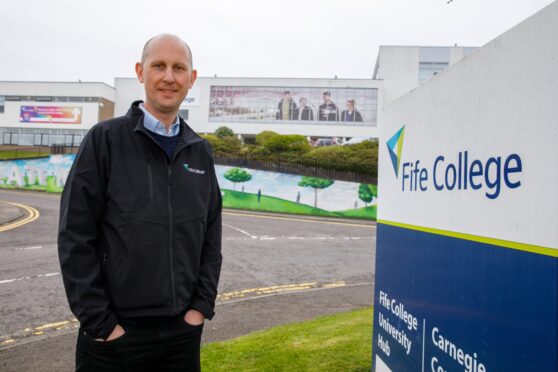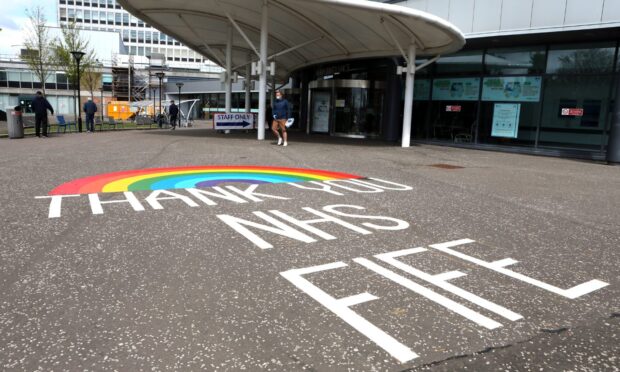Finance Secretary Kate Forbes announced a £230 million “Return to Work” package as Scotland recorded the highest unemployment rate in the UK.
Ms Forbes renewed her calls for more borrowing powers to be transferred to the Scottish Parliament as she unveiled the initiative to combat the economic devastation caused by the coronavirus.
The package will see millions invested in construction projects, business support, help with social distancing on public transport and digitisation of the education and justice systems.
The Finance Secretary outlined the cash injection after new figures showed the number of people without jobs rose by 30,000 to 127,000 north of the border during the lockdown.
The Office for National Statistics (ONS) statistics revealed the Scottish unemployment rate for those over 16 was 4.6%, compared with a UK figure of 3.9%.
Ms Forbes said the “Return to Work” cash came from underspends in some portfolios, which had resulted from activity being paused or delayed during lockdown.
During a Scottish Government debate at Holyrood on the “Fiscal Implications of Covid-19”, Ms Forbes outlined where the money would go.
- A total of £51m would go towards business support, including boosting high growth companies.
- £78m for construction, including £40 million for regeneration projects and £20m for roads maintenance.
- £66m to kick-start our green recovery, including £7 million to equip buses for physical distancing and the return to work.
- £35.5m for digitisation, including justice and education services.
Earlier Nicola Sturgeon had indicated beneficiaries would include such as Ravenscraig, Edinburgh Bioquarter and the Michelin site in Dundee.
Ms Forbes said: “The impact of Covid-19 has been enormous on both businesses and individuals and the Scottish Government has so far spent more than £4bn tackling its effects.
“We are also taking steps to accelerate our economic recovery and this package ensures that we can make immediate use of money which, because of the pandemic, might otherwise not have been spent this year.
“I do not underestimate the challenges we face but I also see opportunities. It is important we take this chance to reshape our economy in a way that works for everyone and promotes long-term growth, not just quick fixes. ”
Finance Secretary calls for more borrowing powers
The finance secretary said the cash received from the UK Treasury was welcome, but argued the Scottish Parliament needed more flexibility within its fiscal framework, the arrangement underpinning Holyrood’s tax and welfare powers.
Ms Forbes claimed the framework was not fit for purpose and warned that the costs caused by Covid-19 now exceeded the cash the Scottish Government had received from the Treasury.
Her remarks came as SNP, Labour, Lib Dem and Green MSPs voted in favour of seeking more flexibility within the framework from the UK Government.
I want to be straight with the nation. As long as we are denied the ability to borrow for these purposes or use our budget as efficiently as possible or get full guarantees on the funding available, the risk, the uncertainty and the volatility undermines our best efforts.”
Kate Forbes, Finance Secretary
Ms Forbes claimed the £3.791bn received by Scotland from the Treasury through the Barnett Formula was not enough, adding that there was a risk the amount would be revised downwards.
“We currently estimate a shortfall of hundreds of millions of pounds,” Ms Forbes said. The finance secretary said more money was needed for transport, education and social security.
“Without additional funding or flexibilities we will face the impossible choice of not funding those areas and thus harming the economy and the recovery or making deep cuts to other areas of expenditure, which will similarly undermine recovery,” Ms Forbes said.
“I want to be straight with the nation. As long as we are denied the ability to borrow for these purposes or use our budget as efficiently as possible or get full guarantees on the funding available, the risk, the uncertainty and the volatility undermines our best efforts.”
But Conservative finance spokesman Donald Cameron disagreed with her analysis, arguing £10bn had come to Scotland from the UK Treasury.
“The United Kingdom is Scotland’s insurance policy and it has paid out in full and on time,” Mr Cameron said.
He added that the “strength of the Union” was “being able to spread resources across the United Kingdom during tough times”.
“Pre-pandemic, the Scottish Government requires to find some very significant funds to plug the £1 billion black hole in our finances due to tax reconciliations,” Mr Cameron added.
Mr Cameron said ministers had “substantially committed” Scotland’s existing borrowing powers before the virus struck. Since 2015 £2.5bn had been borrowed in capital funds. He said there was only the small – “in relative terms” – sum of £165m left in the Scottish Government’s reserves.
“So having virtually maxed out the credit card with little left in the kitty, is it any wonder there is cynicism when more credit is being sought?” Mr Cameron asked.
